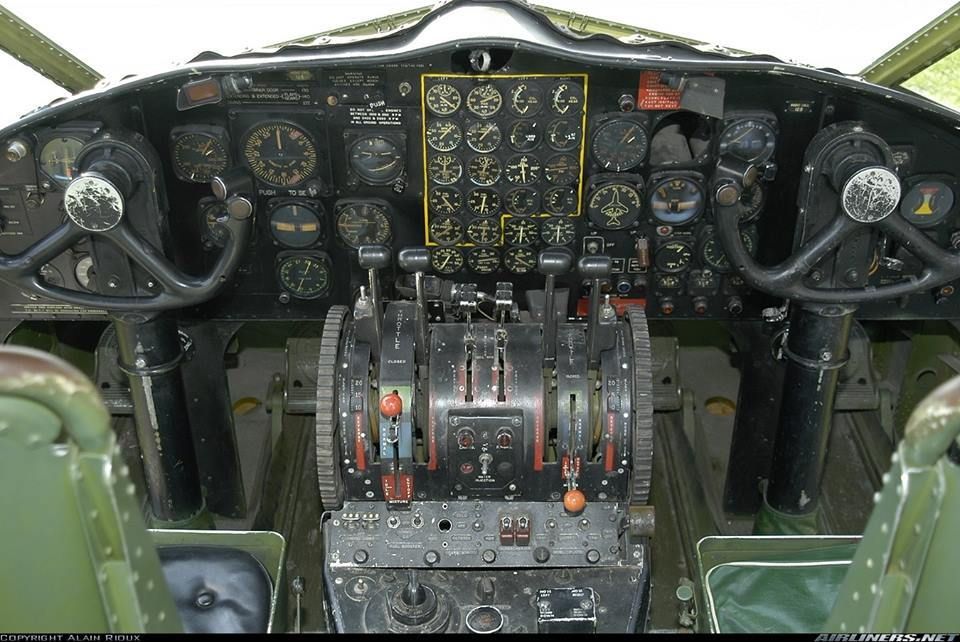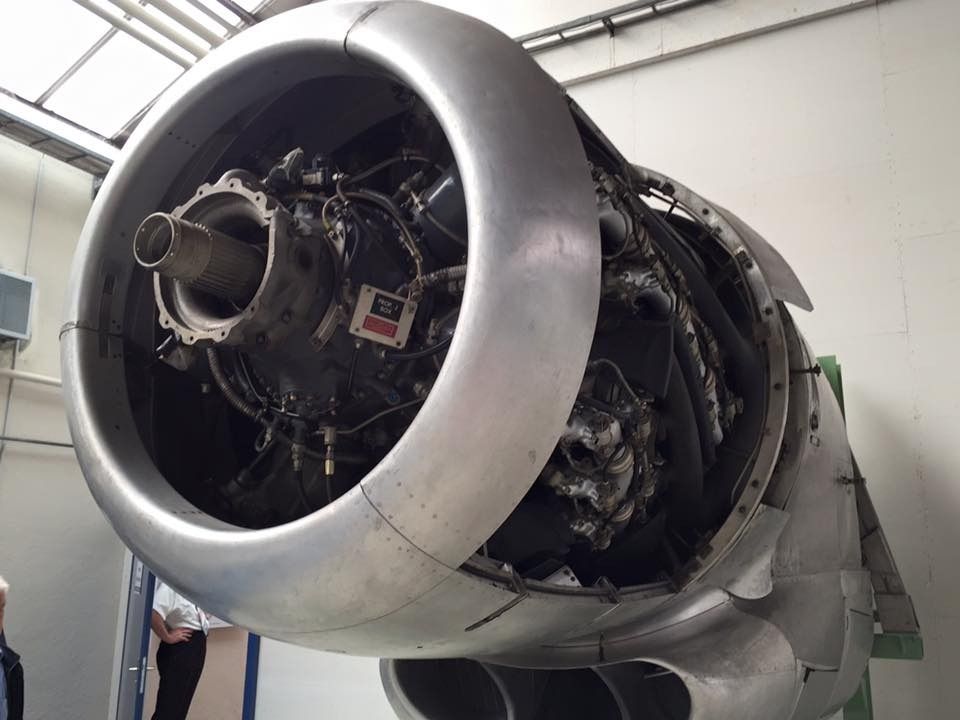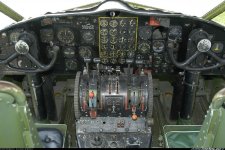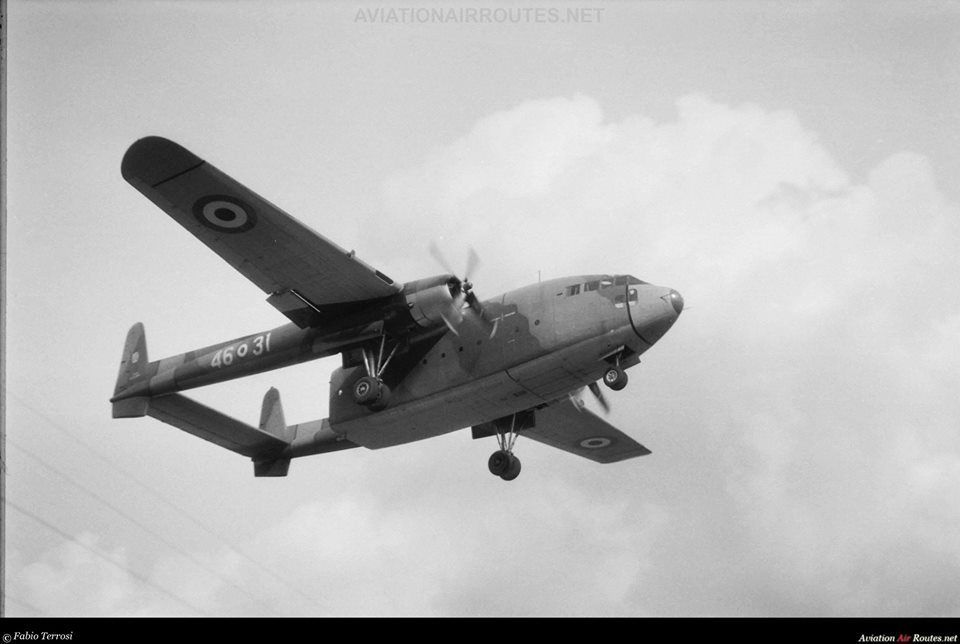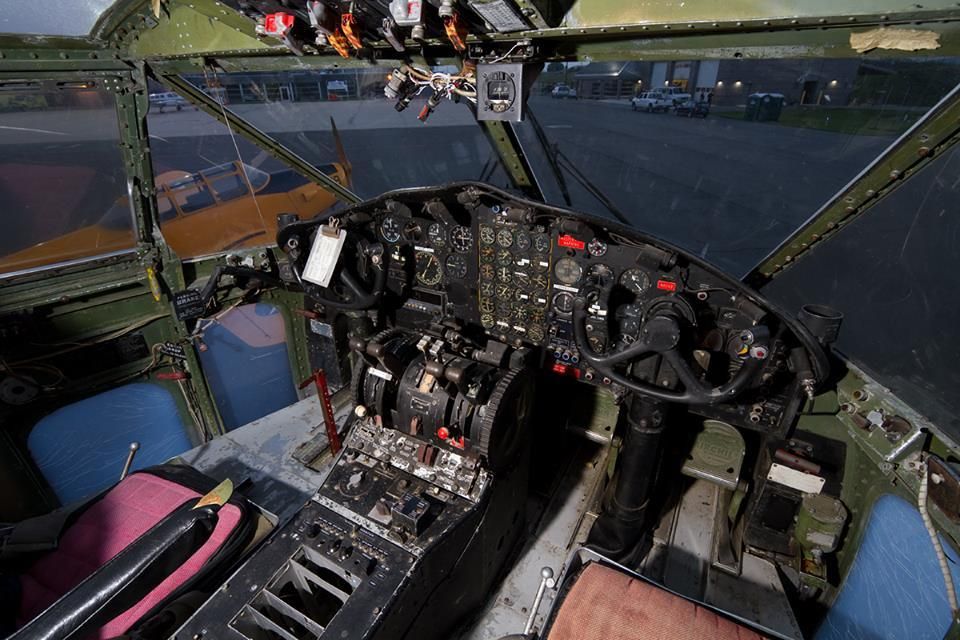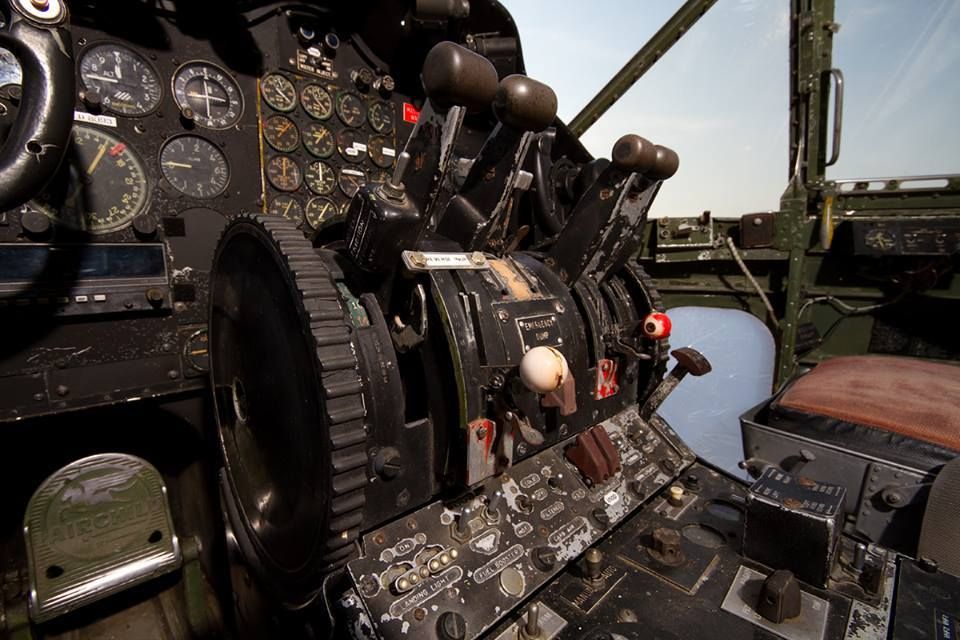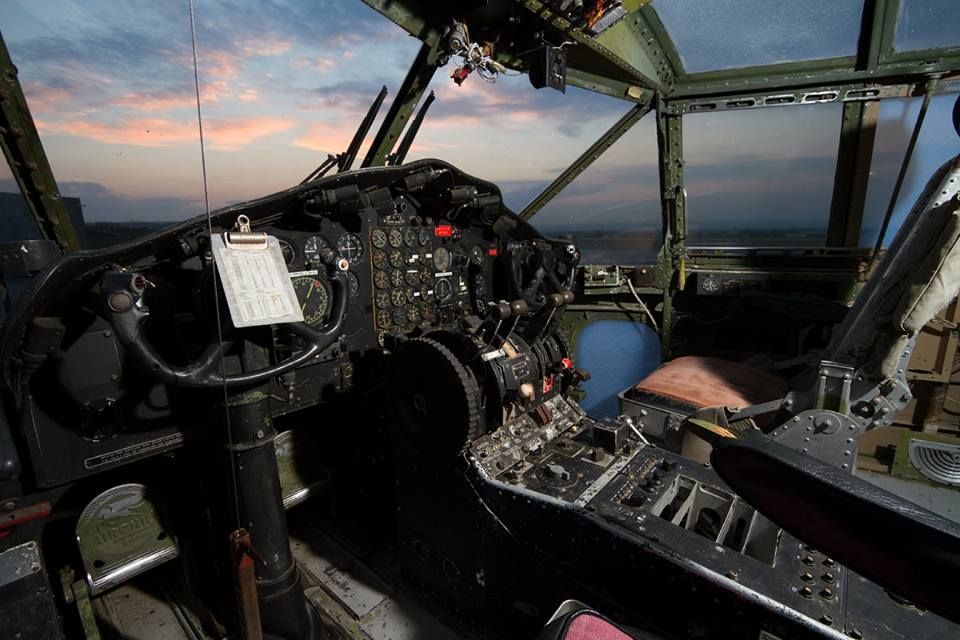-
There seems to be an uptick in Political comments in recent months. Those of us who are long time members of the site know that Political and Religious content has been banned for years. Nothing has changed. Please leave all political and religious comments out of the forums.
If you recently joined the forums you were not presented with this restriction in the terms of service. This was due to a conversion error when we went from vBulletin to Xenforo. We have updated our terms of service to reflect these corrections.
Please note any post refering to a politician will be considered political even if it is intended to be humor. Our experience is these topics have a way of dividing the forums and causing deep resentment among members. It is a poison to the community. We appreciate compliance with the rules.
The Staff of SOH
You should upgrade or use an alternative browser.
Call for research material... (Fairchild C119G Boxcar)
- Thread starter Firekitten
- Start date
We know E and F are ailerons, G is a regular trim tab while we think H is an anti-servo tab.
What we can't figure out is:
1. Do E and F move together and if so why are they split, what purpose do they serve being in two parts?
2. If H is an anti-servo tab then we assume it works in the opposite direction to the aileron to increase back-pressure on the controls.
Probably built this way to fix some problems that the strange configuration caused. Too much action to control banking/level flight??
Just a guess but my only flight in a C-119 convinced me that something was AWFULLY SCREWY on this plane. It creaked, shook, was LOUD. . D..D..D, and seemed about to fall out of the sky at any moment. Still, it was/is a very capable looking aircraft
There was one upside: several (err, quite a few) of the troops could not face their inflight lunches so the rest of us had plenty of extra. This was a Canadian (RCAF) plane and those folks really knew how to put together a good meal.
I don't recall which was referred to as "the crowd killer". by paratroopers: the C-82, 119, or 124.
Blast!! I could have just quoted falcon409. He said it all in one sentence:
" All I can remember is that I hoped it would stay in one piece til we got home, lol."
This is a test post to troubleshoot email notifications.
Continue as you were.

Opus the Pirate Hunter
Members +
Ignore this as well.

I have nothing to say
This is a test post to troubleshoot email notifications.
Continue as you were.
Got it; thanks
Someone they would let it make?
...they even succeeded in coaxing muggins here out from under my rock!still very, VERY early days with the girl! lots of lines and rivets to do before I let her anywhere near the simulator! (as well as tidying the AO etc...)

Very Good, Matt!!!
johndetrick
Charter Member
Just looking at the aircraft
johndetrick
Charter Member
Motormouse
SOH-CM-2025
I have nothing to say
This is a test post to troubleshoot email notifications.
Continue as you were.
These are not the droids you're looking for.... Sorry couldn't resist....
Normal service resumes.
Ttfn
Pete
Motormouse
SOH-CM-2025
Most large transport aircraft have two sets of ailerons. Both are used in low speed flight when you need more surface area to move mass, and one set is locked out for high speed flight when small control deflections are required. The lockout can be a speed switch from the air data/pitot system or as in the case of the DC-8 a spring loaded torsion bar which restricts the inboard aileron as speed is increased and vice versa as speed is decreased.
Just looking at the aircraft
Actually the reason for locking out the ailerons at wing ends is more to do with reversal caused by wing twist at high speeds. I.e the ailerons act as servo tabs to twist the wing resulting in ailerons reversal.
However, back to the subject in hand, it would seem control loads would be offset with the use of servo and balance tabs, so I would hazard a guess control loads would be similar to any other design of the same age.
Ttfn
Pete

yes, the doors could be taken off for delivery of outsized loads. In some cases by air drop, but also, for example artillery pieces transported with the trails hanging out the back of the plane.
Really excited by this project!
morpheusfz
Members +
I did ask him one time why he never transitioned into AC-130s, with all their improvements. His answer told you something about the -119's simplicity. He asked me which one I would rather try to escape from in an emergency - a high-rise hotel or a log cabin.
Any chance your FSX/P3D LDR C-119 Boxcar is still in development???
Tjsdn
Yes, it is still being worked on. There is no time line for completion, but you'll know when everyone else does. Probably when it's posted here!

